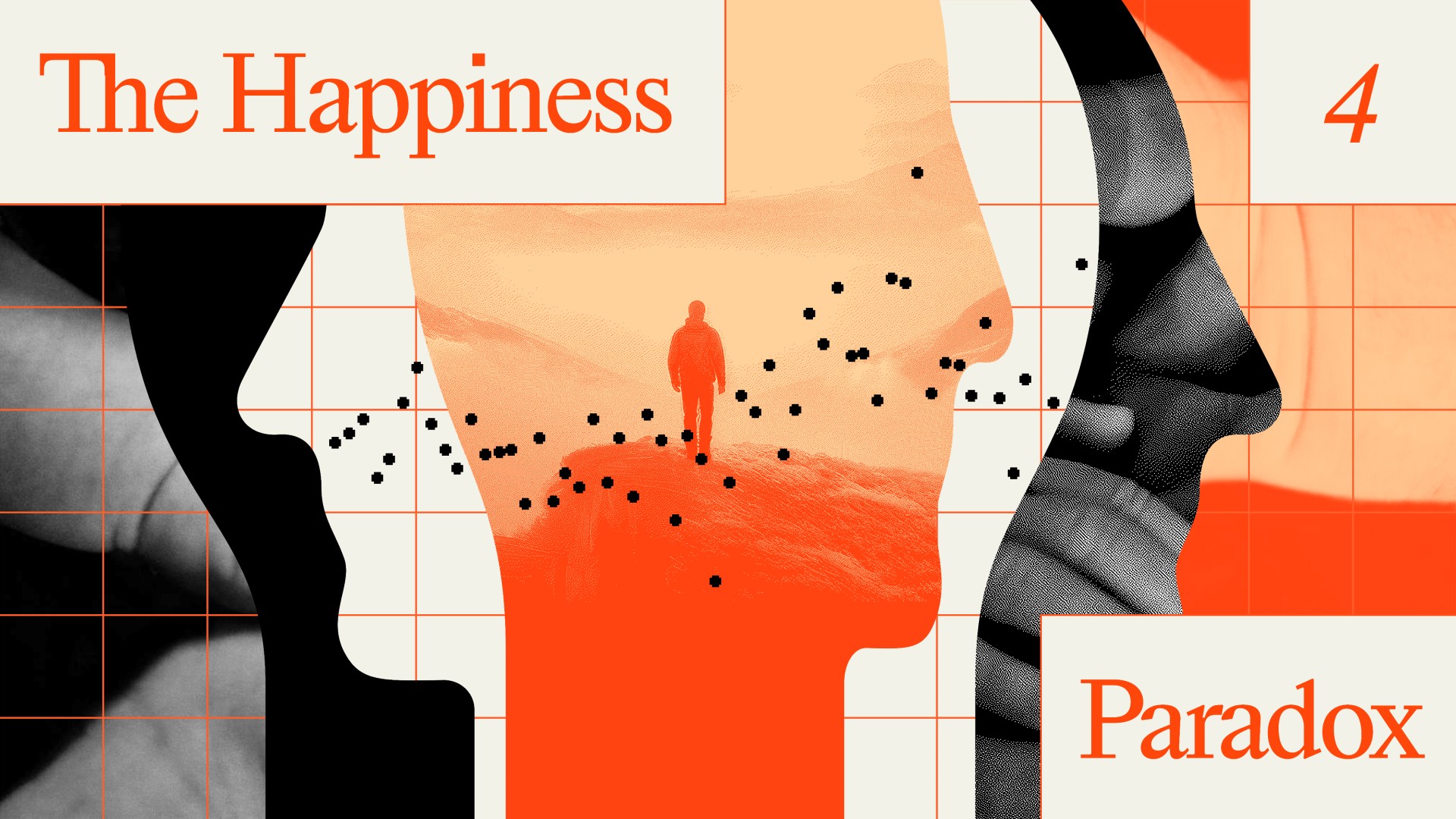How Many People Should There Be?

There’s no simple answer. Recently in the New Yorker, Elizabeth Kolbert gave us an evenhanded review of two conflicting perspectives on population levels, offering a sobering assessment of our near future but no clear guidance to those conscientious souls wondering whether they should, or shouldn’t, procreate. Compounding this uncertainty are ethical matters Kolbert’s review leaves untouched. (More on those dilemmas, with prosaic pictures, below.)
To listen to Alan Weisman, author of the newCountdown: Our Last, Best Hope for a Future on Earth?we should keep our pants on—or our birth control handy. It would also help if we decided to stop using the technology that has facilitated the proliferation of our species: nitrogen-based fertilizer. Here is Kolbert:
Instead of eliminating people from the planet altogether, Weisman wants only to get rid of several billion of them. He argues that when [Fritz] Haber figured out how to make bread out of air, things took a turn for the worse. The circumventing of the nitrogen cycle allowed Homo sapiens to reproduce at an unprecedented pace. (E. O. Wilson has described the rate as “more bacterial than primate.”) Among the results of this explosive growth has been a buildup of greenhouse gases in the atmosphere, which now puts not only humans but also pretty much every other creature on earth at risk. Since it was the Haber-Bosch process that made the surge possible, the process also suggests a target for the abatement.
Weisman’s magic target for a sustainable world population is “about 2 billion,” or 5 billion fewer individuals than the current population and less than a fifth of the 11 billion people projected to inhabit the planet by 2100. Barring genocide, such a dramatic reduction would be possible only if women started having many fewer children. Weisman posits that a Total Fertility Rate (TFR) of about 1.0 per woman will do the trick. Now, there is no world government to enforce a one-child policy like that in China (which has, Weisman says, kept the Chinese population at 1.3 billion, well below the 2 billion mark it would have reached without legal restraints). And it isn’t too likely that the entire world will gravitate on its own toward the austere childbirth morés found in Japan, where the average woman has just 1.4 babies and people seem generally uninterested in sex.
But for Steven Philip Kramer, author of the forthcoming The Other Population Crisis: What Governments Can Do About Falling Birth Rates, a pro-procreation backlash to Japanese celibacy would come as a relief. Declining fertility rates, Kramer argues, bring all kinds of problems. Kolbert again:
Kramer argues that countries like Singapore and Italy, where the fertility rate has dropped below replacement levels, are in deep trouble. As their populations age and ultimately shrink, low-fertility countries will have fewer and fewer workers supporting more and more retirees. This will strain their social-welfare systems.
The coming pressure on Social Security in the United States has been a profound worry for a while now. The Social Security Administration’s report, Coping with the Demographic Challenge: Fewer Children and Living Longer, explains the approaching shortfall:
Declining fertility rates and increasing life expectancies are causing the U.S. population to age. Today 12 percent of the total population is aged 65 or older, but by 2080, it will be 23 percent. At the same time, the working-age population is shrinking from 60 percent today to a projected 54 percent in 2080. Consequently, the Social Security system is experiencing a declining worker-to-beneficiary ratio, which will fall from 3.3 in 2005 to 2.1 in 2040 (the year in which the Social Security trust fund is projected to be exhausted). This presents a significant challenge to policymakers.
There are solutions that could bridge the gap, of course, but none are all that politically plausible: they involve raising taxes on the young, cutting benefits for retirees, or both. Kolbert concludes that social welfare systems “depend on endless population growth, but endless population growth is probably not possible and certainly not desirable.” So…should you have that extra baby, or shouldn’t you?
This question fuels a fascinating and complex branch of moral philosophy known as population ethics. The deep thinker in this field is Derek Parfit, an Oxford philosopher whose 1984 book Reasons and Persons introduced a new framework for thinking about how many people there should be in the world.
Starting with the assumption that the well being of individuals is a positive thing, and that more happy people are, all things being equal, preferable to fewer happy people, Parfit asks which of the following three societies is most choiceworthy:

The width of each figure represents the population, while the height indicates the overall well-being of each group. Society A has a relatively small population of very well-off people, while Society A+ has a group of the same size and welfare level as in Society A plus another group of people with somewhat lower, but still quite positive, welfare. Based on the operative assumptions, Society A+ is preferable to Society A—the area of the rectangles is greater than the area of the single rectangle. But what about Society B? This scenario features the same population as that in Society A+, with slightly higher average welfare, so it seems to be the better of the second and third choices. Given that A+>A and B>A+, we have to conclude, by the transitive property, that B>A. So this analysis leads us to conclude that a society with a larger population is ethically preferable to a society with a smaller population enjoying slightly higher welfare. It’s a superior moral state to have more pretty happy people than half as many happier people.
That conclusion may not seem too radical, by itself, but Parfit says it leads us down a slippery slope ending here:

If B is better than A, then Z—a society with a very large population but a quality of life that is just barely passable—must be superior to A as well. Translation: better to have a world with ten billion people living in mud huts with just enough food to survive and no literature, art or iTunes than a hundred million people living like kings.
Makes no sense, right? Tons of people living just above the misery line is a better state of affairs than, say, life for the 1 percent in America in 2013? Parfit agrees this sounds ridiculous, which is why he calls it the Repugnant Conclusion. To be clear, Parfit does not accept the conclusion—he does not believe that Z is actually superior to A—but he thinks it is very hard to construct a theory of population ethics that avoids it. (There are some attempts to steer clear of the repugnance; hardy souls can parse some of them here.)
Whether or not we think the Repugnant Conclusion is avoidable in theoretical terms, practically speaking, the future of humanity is edging closer to Z than to A or B. World population continues to grow, primarily in the poorest parts of the globe, while the most advanced countries that depend on steadily increasing numbers of young workers are facing intergenerational conflicts over resources in the decades to come. It’s enough to make one’s head spin. So have the baby, or don’t. Apparently, something unpleasant is likely to happen either way.
Image courtesy of Shutterstock





